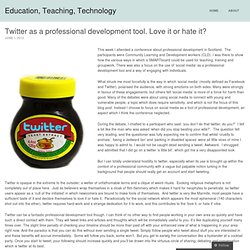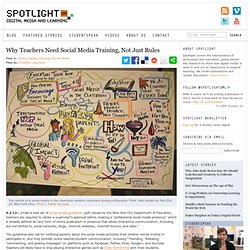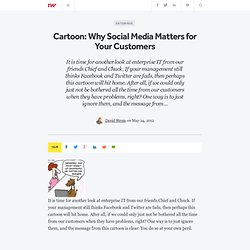

Twitter as a professional development tool. Love it or hate it? This week I attended a conference about professional development in Scotland.

The participants were Community Learning and Development workers (CLD). I was there to show how the various ways in which a SMARTboard could be used for teaching, training and groupwork. There was also a focus on the use of ‘social media’ as a professional development tool and a way of engaging with individuals. What struck me most forcefully is the way in which ‘social media’ (mostly defined as Facebook and Twitter), polarised the audience, with strong emotions on both sides. Many were strongly in favour of these engagements, but others felt ‘social media’ is more of a force for harm than good.
During the debate, I chatted to a participant who said: ‘you don’t do that twitter, do you?’ Twitter is opaque in the extreme to the outsider; a welter of unfathomable terms and a clique of weird rituals. Twitter can be a fantastic professional development tool though. In other words, not the done thing. Like this: Why Teachers Need Social Media Training, Not Just Rules. 6.2.12 | Under a new set of social media guidelines (pdf) issued by the New York City Department of Education, teachers are required to obtain a supervisor’s approval before creating a “professional social media presence,” which is broadly defined as “any form of online publication or presence that allows interactive communication, including, but not limited to, social networks, blogs, internet websites, internet forums, and wikis.”

The guidelines also call for notifying parents about the social media activities their children will be invited to participate in, and they prohibit online teacher/student communication, including “‘friending,’ ‘following,’ ‘commenting,’ and posting messages” on platforms such as Facebook, Twitter, Flickr, Google+, and YouTube. Teachers will likely have to stop playing interactive games such as Draw Something with their students. “[Conversations] occur at church, in neighborhoods, scouting groups, volunteers,” he said.
“Other offline places. Social Media Companies: A Cheat Sheet [INFOGRAPHIC] So you're new to this whole social media thing.
![Social Media Companies: A Cheat Sheet [INFOGRAPHIC]](http://cdn.pearltrees.com/s/pic/th/social-companies-infographic-31009654)
Maybe you're savvy enough to know your Facebook from your Twitter, your Pinterest from your Spotify. But what about Tagged? Xing? Futubra? Where do they fit into the social media ecosystem? Never fear. This comprehensive infographic whipped up by social media strategist firm Hasai, below, serves both as a cheat sheet for the newbies and a scorecard for old hands; there's sure to be a stat that surprises even the most jaded social guru. Cartoon: Why Social Media Matters for Your Customers. It is time for another look at enterprise IT from our friends Chief and Chuck.

If your management still thinks Facebook and Twitter are fads, then perhaps this cartoon will hit home. After all, if we could only just not be bothered all the time from our customers when they have problems, right? One way is to just ignore them, and the message from this cartoon is clear: You do so at your own peril. We've written many articles on the need for using social media to engage your customers, including the analysis of Oracle's acquisition of Vitrue earlier this week and this infographic we linked to last year that shows customers want to use social media for support. Maybe it is time you re-examined your own policies to make these tools both easier and more popular in your enterprise. CA Technologies' CHIEF & CHUCK is licensed under a Creative Commons Attribution-NoDerivs 3.0 Unported License.